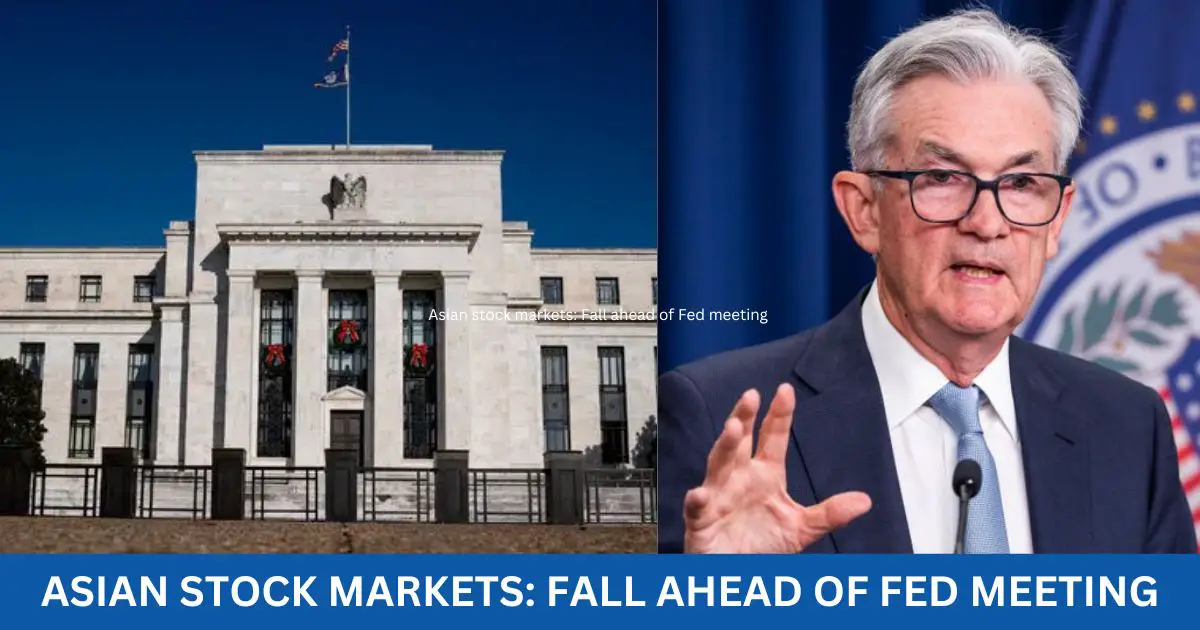Wednesday’s crop losses in Japan and Australia spread throughout Asia as the Federal Reserve meeting came to a finish, increasing the long-term risk to US interests. Due to the Labor Day vacation, the majority of other markets in the area were closed, which also contributed to the general decline in trade volumes.
Following significant overnight losses on Wall Street, risk appetite was strongly negative as additional indications of steady US risks disappeared. In Asian trading, US stocks declined.
Japan’s TOPIX and Nikkei 225 indexes dropped 0.7% as major players in the technology industry reported overnight losses at their US factories. Japanese swimmers continued to be cautious about the yen. Following a 34-year low on Monday, which was interpreted as potential government intervention, the currency had swiftly recovered.
Japan’s strongly export-dependent bond yields are affected by a rising yen. However, it dropped on Tuesday and returned to the low of April, which sparked worries about potential government assistance going forward. Data from the industrial Managers Index also revealed that, in April, Japanese industrial activity decreased somewhat more than anticipated. With investors taking large profits on worries about the Japanese economy and the Bank of Japan’s slowdown following the index’s record high in March, the Nikkei was the worst performing stock in Asia in April.
Australian equities decline, with RBI at center
The ASX 200 index in Australia dropped 1.2% as losses across the board. Growing rumors that the Reserve Bank of Australia could eventually give in and raise interest in a sticky stock situation also hurt sentiment for Australian markets.
After a greater than anticipated boost in the first quarter, Rabobank analysts said they now anticipate the RBA to be more accommodative in the next two. At least temporarily, the lowering is anticipated to continue when the RBA meets next week. But the bank might become more assertive in its messaging.
Fed waits, worries about rates rise
The outcome of the Fed meeting on Wednesday, where the central bank is anticipated to maintain broad easing, was the main focus of the wider markets.
However, Fed Chair Jerome Powell might adopt a more hawkish posture, particularly in light of recent higher-than-expected inflation. If the bank cuts rates at all this year, it is currently anticipated that it will start in September. A situation like this is not good news for risk-averse losers like equities.
A global leader in independent financial advising and telecom management, the chief executive of which has issued a warning, has indicated that there might not be a US Federal Reserve rate cut this year. This worry is being voiced by Nigel Green of the Dever Group following the surge in the core personal consumption expenditures (PCE) price index to 2.7%, over the 2.6% prediction, which is the Federal Reserve’s primary indicator of inflation. Additionally, the core PCE inflation rate above forecasts, coming in at 2.8% as opposed to 2.6%.
The CEO of Dever stated, “This figure represents another setback for the Federal Reserve in its efforts to control inflation.” “Despite being used as a tool to lower inflation, the most recent data from the Federal Reserve’s preferred consumer measure, PCE standards, highlights that consumer inflation remains at a higher rate than studies have shown.” Even Nevertheless, borrowing rates continue to rise faster than inflation.
The Greens state: “We are basing our predictions about interest rate cuts on this, given that the US economy is performing well with a strong job market, increases in the Producer Price Index (PPI) and Consumer Price Index (CPI), and the current PCE data, along with other recent data.”
Before we contemplate adjusting our interest policy stance, we believe cautious officials at the US central bank will require several consecutive months of data showing interest rates increasing consistently toward 2%.
Green concludes that there is “a significant likelihood they will opt not to reduce rates generally until 2025” as a result.
Earlier this year, the Dever Group forecasted a single rate cut, most likely to occur in the third quarter. According to Finance, Green, “this PCE data will give the Federal Reserve additional reasons to delay.”
But we worry that by extending coverage to 2025, there’s a greater chance that the world’s most powerful central bank would make a big policy mistake, especially when it comes to the stability of the labor market and the local banking industry, he cautions. According to Green, investors should review their investment portfolios in light of the probability that interest rates will stay high for some time in order to minimize prospective losses and seize fresh possibilities to earn returns. According to Green, investors should first be mindful of moving their money to industries that often do well when interest rates rise. “Historically, industries like raw materials, manufacturing, and financial services have done better when interest rates are rising.
On the other hand, he notes that industries more impacted by interest rates, such real estate, utilities, and basic consumer products, can suffer under an extended period of high rates. Given the very real chance that interest rates won’t be lowered this year, investors should diversify their holdings across a range of markets and asset classes to lessen the impact of fluctuating interest rates on their portfolios. In order to reduce risk and take advantage of opportunities, investors may need to modify their investment portfolios to be more long-term friendly given the very real likelihood that there won’t be any rate cuts this year, according to Greene’s conclusion. Artificial intelligence assisted in the creation and publication of this article, and an editor. Please visit our Terms and Conditions for further details.

